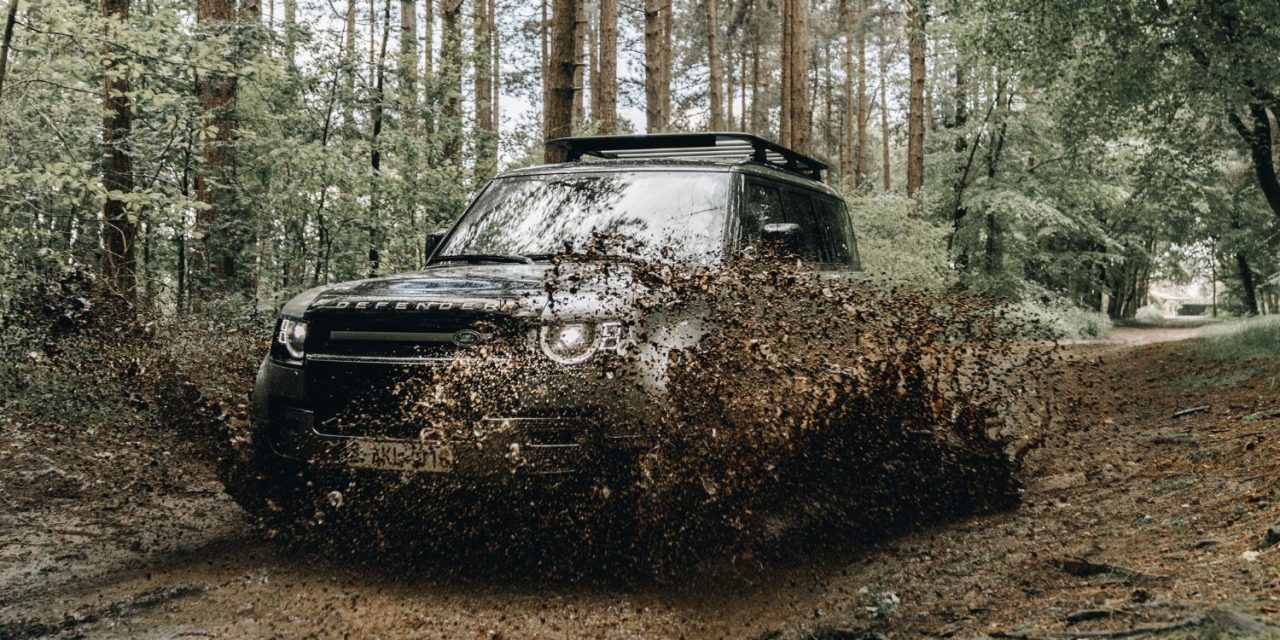Driving off-beaten paths with off-road tires helps manage the terrain better. These tires’ sidewalls and tread patterns can withstand rough roads and maintain grip in troublesome terrain. Though beneficial, one of your primary concerns would be whether off-road tires will wear faster than others.
Off-road tires wear faster than regular tires on paved roads because of their aggressive tread patterns and thicker sidewalls. Moreover, the muddy swamps, sharp rocks, and uneven terrain the tires are exposed to wear them out quickly.
However, the type of road you drive, your driving habits, and the weight of your vehicle affect the longevity of off-road tires to varying extents.
In the rest of this article, I’ll explain why off-road tires wear faster and compare them with other tires. I’ll also discuss the reasons for premature tire wear, signs that you should replace them, and whether off-road tires are worth it.
Comparing the Mileage of Off-Road, All-Terrain, and Mud Tires
When driving off paved roads and highways, drivers prefer mud, all-terrain, and off-road tires. All-terrain tires have a universal tread pattern that supports their use on almost all streets.
Mud tires have an aggressive tread pattern, more voids, and larger tread blocks than all-terrain tires. These characteristics give your vehicle optimal traction in dirt and mud.
Off-road tires have aggressive tread blocks to grip rocks, sand, and mud firmly. They also have sidewall grips that keep you from getting stuck in the sand or mud. Extreme off-road tires have a cleated pattern. This pattern has wide lugs on the shoulders to allow tires to bite into terrains for optimal traction when off-roading.
Since this depends on driving habits, there is no definitive mileage for off-road, mud, and all-terrain tires.
Nevertheless, off-road tires generally last for about 40,000 miles (64,373.76 km), while mud tires have an average mileage of 20,000-40,000 miles (32,186.88-64,373.76 km).
All-terrain tires last approximately 50,000 miles (80,467.2 km) because their rubber blends have additional compounds to boost their performance.
The Reasons Why Off-Road Tires Might Wear Prematurely
Though the average mileage of an off-road tire is 40,000 miles (64,373.76 km), the lifespan of your tire depends on several elements. Even with their tread blocks, construction patterns, and use on rough terrain, the following factors will further shorten your tires’ lifespan:
- They were driving on paved roads where off-road tires lost traction. The tires are meant to provide traction and grip surfaces with their aggressive treads and thick sidewalls, so they wear out quickly on paved roads.
- Heavy vehicles will stress your off-road tires considerably and make them wear quickly.
- Keeping your tires inflated above their recommended pressure means they have no room to compensate for the effects of friction and heating and will wear faster.
- If you drive aggressively or turn corners sharply, this will wear out your tires quickly.
With an understanding of the reasons above for the premature wear of your off-road tires, you are avoiding paved roads when possible or reducing your speed when using these roads will extend the tires’ lifespan.
You should also avoid sharp cornering and aggressive driving, keep the tires inflated about a bar below their recommended pressure and ensure your vehicle’s weight is distributed evenly.
How Will You Know That You Need To Replace Your Off-Road Tires?
Most drivers only replace their off-road tires when they hit the 40,000 mileage (64,373.76 km) mark. Remember that your tires might wear out before this or be in good condition for use beyond this mileage.
Below are a few signs that might indicate the need for an off-road tire replacement.
- Visibly-worn treads
- Loss of traction when driving on paved roads
- High vibrations when driving
- Damaged valve caps
- Shallow treads
- Uneven wear of treads
Off-road tires should be replaced when worn down to 0.0625 inches (2/32 inches). Though it’s hard to get this size right, there are three standardized tests to check the wear of your off-road tires. These include:
- A penny test
- The indicator bar
- The quarter test

Are Off-Road Tires Worth Getting?
Off-road tires are worth investing in, but this primarily depends on the terrain you’ll use. The tires are designed for rocky hillsides and loose gravel, whereas street tires would perform poorly and have minimal grip.
As such, if you often use rough terrain, off-road tires will prove a worthy investment. However, all-terrain tires would be better if you frequently switch between rough terrain and paved roads.
Some drivers assume that off-road tires will suffice in the rain as well. However, they are ineffective since they are susceptible to aquaplaning in the rain.
Aquaplaning happens when tires cannot clear the water lodged between their tread blocks.
This water keeps them from firmly gripping the terrain; driving in melted snow or the rain with off-road tires increases the odds of your car skidding and causing an accident.
Some drivers assume that off-road tires are worth investing in because they reduce rolling resistance with their large tread blocks and wide channels. Reduced rolling resistance translates to reduced fuel use and increased gas mileage.
Nonetheless, off-road tires only have reduced rolling resistance in rough terrain, so you might not benefit from reduced fuel consumption if you use them on paved roads.
Conclusion
From the article above, you now know that off-road tires wear faster than street tires because of how they’re made and the rough terrain they’re used on. Thankfully, they last longer than mud tires.
You also know why your tires might wear out faster than you expect and can take steps to lengthen their lifespan. If you have been wondering whether off-road tires are worth investing in, the answer for you primarily depends on the terrain you often use.





